- Mahsa S. Y.
- information
- 7290 views
- 3 comments
Canada is a vast country known for its natural beauty, cultural diversity, and high quality of life. It is composed of 10 provinces and three territories, each with its unique geography, culture, and role within the nation. Understanding Canada's political divisions provides insight into its governance, regional diversity, and the distinctiveness of each area. Below is a simple overview of the provinces and territories of Canada, structured into manageable clusters for easier comprehension.
Provinces of Canada
Although some people think that Canada has states, it has provinces. And territories, actually. Canada's provinces are categorized into three categories:
- Western provinces, including British Columbia (BC), Alberta, Saskatchewan, and Manitoba.
- Central provinces, including Ontario and Quebec.
- Atlantic provinces, including Newfoundland & Labrador, Nova Scotia, New Brunswick, and Prince Edward Island (PEI).
Here is each one in brief.
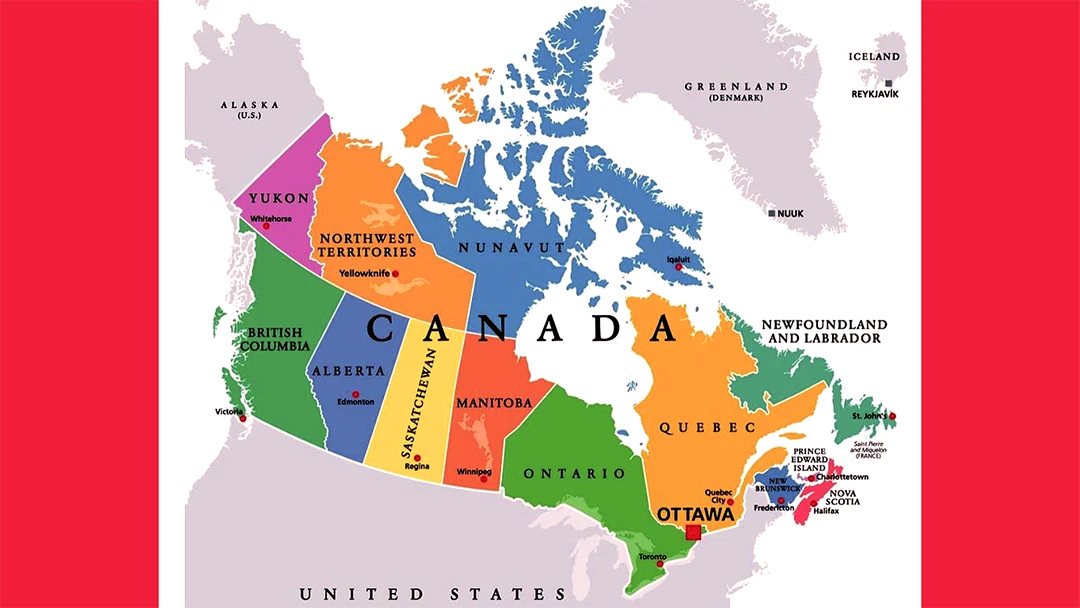
Canada's Western Provinces
Stunning mountain ranges, vibrant cities, and rich natural resources characterize the western region of Canada. These provinces include:
British Columbia (BC)
Located along the Pacific Ocean, BC is known for its mild climate, rainforests, and bustling city of Vancouver. The province is a hub for technology, film, and trade.
Alberta
Famous for its vast oil reserves and stunning national parks like Banff and Jasper, Alberta has a strong economy based on energy, agriculture, and tourism.
Saskatchewan
Known for its flat prairie landscape, Saskatchewan is a central agricultural hub, especially for wheat production. It also has a growing potash mining industry.
Manitoba
Home to thousands of lakes, including the famous Lake Winnipeg, Manitoba is known for its natural beauty and indigenous culture. Its economy is diverse, with agriculture, mining, and manufacturing being key industries.
Cyrus Crafts; Luxury & Unique Products
Canada's Atlantic Provinces
The Atlantic region of Canada is known for its maritime culture, scenic coastal landscapes, and a slower pace of life. This group of provinces includes:
Newfoundland and Labrador
The province is renowned for its rugged coastline and distinctive culture, with the economy firmly centered on offshore oil and fisheries.
Nova Scotia
A province rich in history and culture, Nova Scotia's economy revolves around shipbuilding, fishing, and tourism.
New Brunswick
Known for its bilingual population (English and French), New Brunswick has a diverse economy that includes forestry, agriculture, and information technology.
Prince Edward Island (PEI)
Canada's smallest province, PEI, is famous for its red sand beaches, fertile farmland, and as the setting for *Anne of Green Gables*. Agriculture and tourism are the pillars of its economy.
If you are interested in Canada's nature and landscapes, you can read the "Canada's National Parks" article that reviews all national parks in this idyllic country.
Canada's Central Provinces
The heart of Canada's political and economic power lies in its two central provinces:
Ontario
Canada's most populous province, Ontario, is home to the nation's capital, Ottawa, and its largest city, Toronto. It is a major center for finance, technology, and manufacturing. َAnd that's where you can visit Canada's wonderland and many other tourist attractions.
Quebec
The largest province by area and the only one with French as its official language, Quebec has a unique cultural identity. Its major industries include aerospace, hydroelectricity, and multimedia.
Territories of Canada
All the territories of Canada are northern. Canada's northernmost regions are its three territories, which are sparsely populated but rich in natural resources and indigenous cultures. These include:
Yukon
Known for its role in the Klondike Gold Rush, Yukon has a strong mining industry and vast wilderness, attracting adventurers and nature lovers.
Northwest Territories (NWT)
Home to Canada's largest lake, Great Bear Lake, NWT is rich in diamonds and other natural resources. Indigenous cultures play a central role in the region's identity.
Nunavut
Nunavut is the newest and largest territory. It was created in 1999 to give greater autonomy to the Inuit population. Its vast, remote landscape is known for its arctic tundra and wildlife, including polar bears.
An Overview of all Canadian Provinces and Territories
Canada's provinces and territories are diverse in their geography, economies, and cultures, yet they all contribute to the richness of the country. From the bustling urban centers of Ontario and Quebec to the remote, pristine wilderness of Nunavut and Yukon, each region has its unique character. Understanding these distinctions is critical to appreciating the full scope of what makes Canada such a diverse and vibrant nation.
As you may know, CyrusCrafts, which is a worldwide drop-shipping company, is located in Toronto, Ontario, Canada. Here, we offer luxurious and unique items of home decoration such as Persian rugs, handmade furniture, decorative elements, etc., as well as handmade clothing and style accessories and organic food products like Iranian saffron, pistachios and caviar. To order each of these items, you only need to fill out the order form or text us on WhatsApp by clicking the icon you see on all pages. Please feel free to ask any questions on WhatsApp or by leaving a comment.


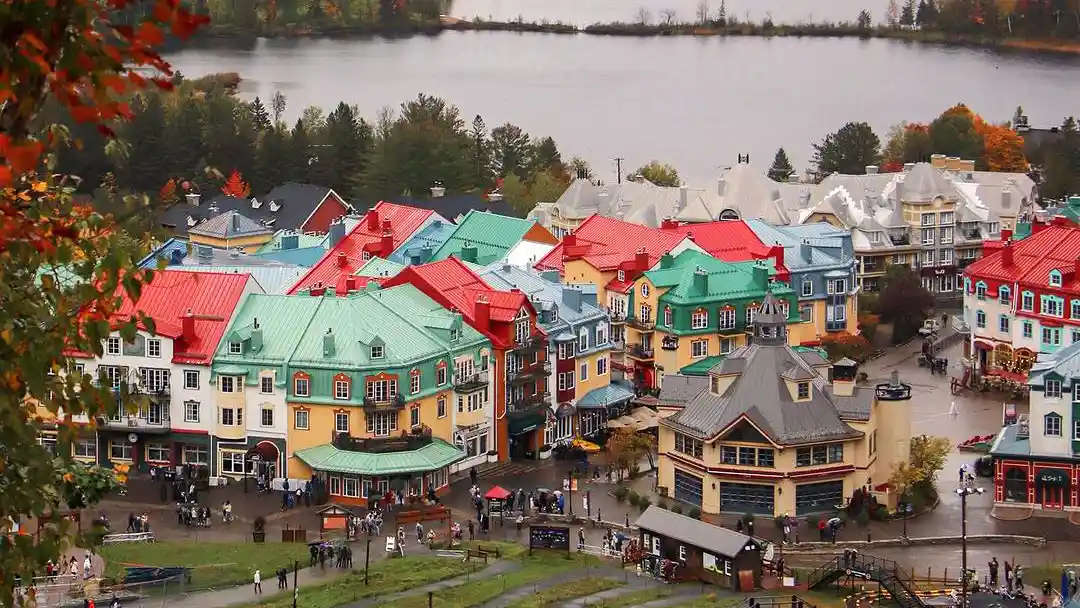






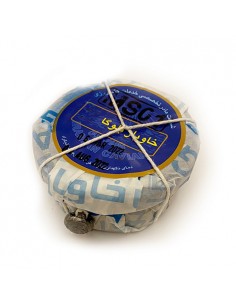

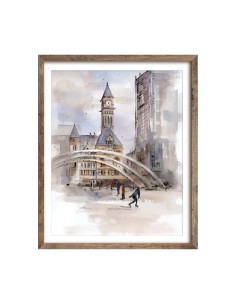

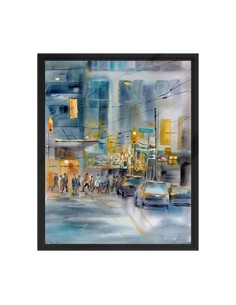

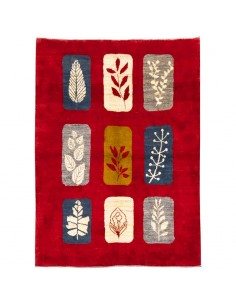





Comments (3)